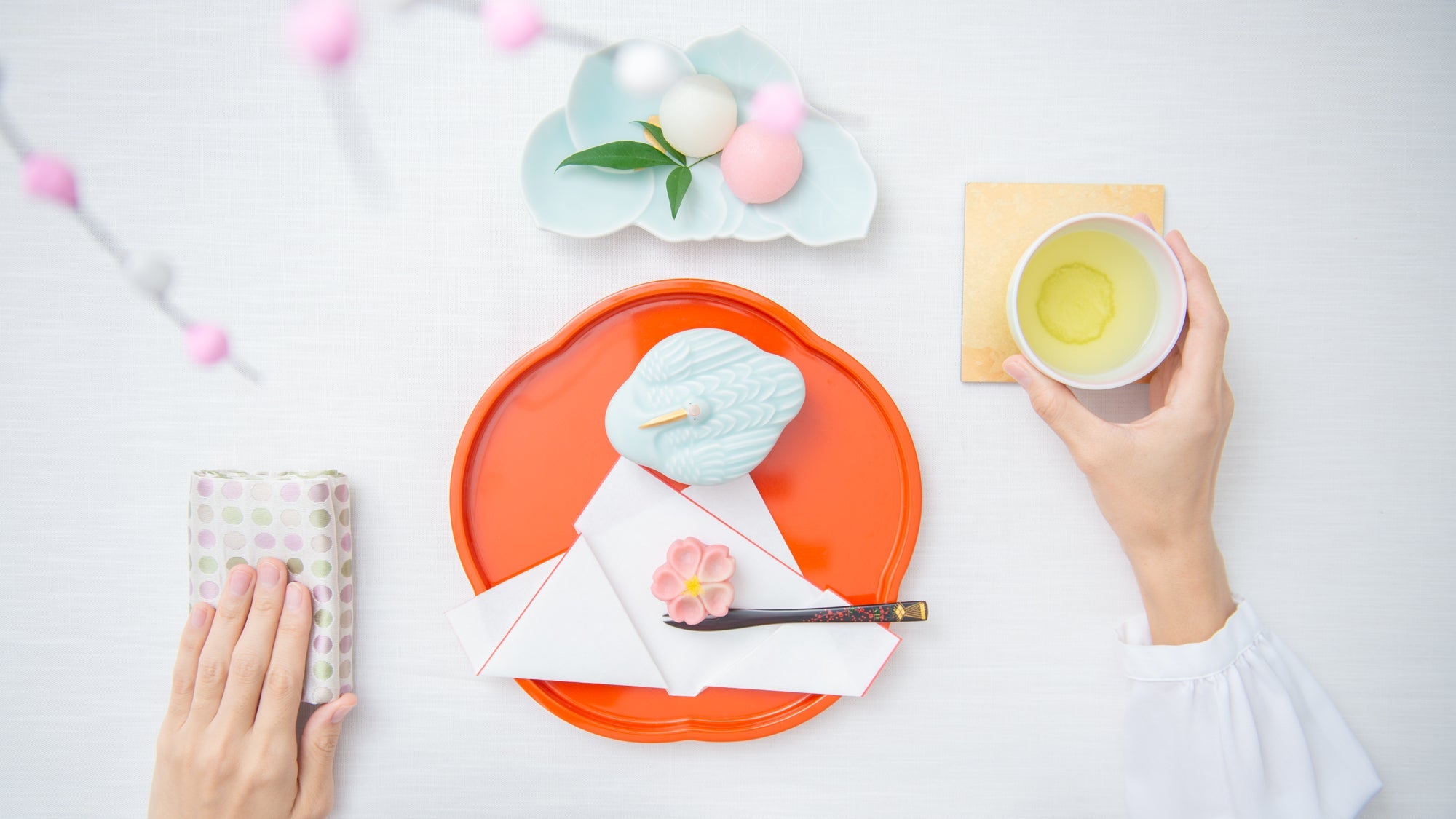
How to Set a Minimalist Japanese Table
Written by Hirata Paku Kayoko
In Japanese aesthetics, the "beauty of empty space"—or Yohaku no Bi—holds an esteemed position. The concept is deeply embedded in Japanese culture and is observed in various forms, from Zen gardens to tea ceremonies. Ma, the intentional use of space to create harmony and balance is at the heart of this philosophy. In table setting, this principle invites us to consider the objects placed before us and the spaces in between. It fosters a sense of tranquility and grace that enhances the dining experience by leaving room for air, light, and movement.
This article explores how Yohaku no Bi influences table setting and provides advice for incorporating this minimalist philosophy into your dining setup. We’ll look at how spacing on the table and plates can enhance the visual appeal of a meal while also creating a sense of calm and elegance. These tips are theoretical, practical, and applicable to everyday and formal dining, empowering you to create a pleasant experience.
Table of contents
The Philosophy of Empty Spaces

In Japanese culture, ma is not merely about physical space—it extends to time, sound, and emotion. Ma, often translated as "negative space," is a fundamental principle in various art forms. It reflects the belief that nothingness can be as powerful as fullness. This concept of ma is deeply ingrained in Japan’s artistic and social traditions, influencing everything from design to dining practices.

The art of tea, particularly in the practice of Chaji (formal tea ceremony), exemplifies this philosophy. Tea masters create moments of silence and stillness, where the absence of words and movement becomes as meaningful as the drink itself.
Similarly, the Japanese table setting embraces simplicity, where fewer elements can convey more meaning. The absence of clutter fosters a calm environment, making it not only about the food but also the atmosphere.
Spacing on the Table: Creating Balance and Harmony
The beauty of space on a table is about more than just the arrangement of plates and cutlery—it’s about creating a natural flow. You, too, can achieve the concept of Yohaku no Bi by ensuring each piece shines while contributing to the overall harmony.
Tips for Spacing on the Table
Start with the Basics: Ichiju-sansai (One Soup, Three Dishes)

Japanese meals follow a structure called Ichiju-sansai—one soup and three dishes, composed of a main protein dish, two vegetable side dishes, soup (usually miso soup), and a bowl of rice. When setting the table, arranging these various components to give each dish its own placement is crucial, creating structure and a nutritionally complete meal.
Incorporate Seasonal Elements

Japanese culture values seasonality and often incorporates seasonal elements for visual interest. For instance, you can use cherry blossom branches as a centerpiece in the spring or serve dishes on bamboo trays or transparent glassware in the summer. Whether it’s a vase of flowers, plates featuring painted seasonal motifs, or a dish made with ingredients that reflect the time of year, these details elevate the overall ambiance of the meal.
Use Trays or Mats to Define Space

Trays or mats can help mark individual spaces on the table without overwhelming the arrangement. They act as boundaries while maintaining a sense of spaciousness. This practice has roots in traditional Japanese dining, where meals were served on wooden-legged tray tables called ozen. These trays elevated the dishes from the floor and established a distinct, organized dining space.
Balance Visual Elements

Arrange plates of varying sizes, colors, and heights that create balance without feeling crowded. Allow the eye to travel smoothly from one item to the next, creating a natural flow.
Examples of Table Settings
A Small Table for Two

For an intimate meal, less is more. Use a few essential pieces: two small bowls, two plates, and a shared dish in the center. You can create an elegant yet relaxed atmosphere by choosing a few decorative items—such as a small flower or candle—placed slightly off-center. The key is to leave space between each item, allowing them to breathe and preventing the table from feeling cluttered.
A Large Table for a Party

Maintaining balance becomes even more critical when hosting a large group. Spread shared dishes evenly across the table, ensuring everyone can easily reach the food without feeling cramped. Stacked serving trays or tiered dishes help save space while maintaining an elegant, organized appearance.
Family Dinner for Four

Arrange individual settings for each person, but ensure that the shared dishes are placed in a way that doesn’t overwhelm the space. Vary the height of the plates and bowls to create depth while keeping the arrangement visually open.
Spacing on the Plate: Enhancing the Visual Appeal of Food
In Japanese cuisine, the visual presentation of food is just as important as the taste. The principle of Yohaku no Bi extends to the plate itself, where the art of minimalism supplements the qualities of each dish.

Leaving space on the plate allows each dish element to breathe. This not only highlights the quality of the ingredients but also draws attention to their color, texture, and shape. In a way, the space becomes a backdrop that allows the food to stand out as a work of art.
Plating Tips for Using Empty Space
Avoid Overcrowding

A common mistake in plating is overcrowding. As mentioned previously, in Japanese cuisine, less is often more. Allow each item to have its own space, creating a sense of openness and simplicity.
Highlight Natural Beauty

Many Japanese dishes, such as sashimi or sushi, rely on the natural beauty of the produce. Arrange the slices or pieces in a way that highlights their shape and color, leaving space between each slice or piece to showcase its individuality.
Ideas for Plate Arrangements
Sashimi

Place each slice with enough room between them to allow the viewer to appreciate the texture and colors of the fish. Add garnishes such as shiso leaves or daikon sprouts sparingly, preserving the sense of openness while adding a pop of color.
Sushi

Arrange sushi pieces diagonally or with a slight curve, with slight gaps between each piece. For an uncluttered presentation, use small individual dishes for soy sauce and wasabi.
One-Plate Meals

When serving a one-plate meal, space out the components (rice, main protein, and side vegetables). This enhances the visual appeal and makes the meal feel more composed.
The charm of the Japanese table setting is not simply about what is omitted but also the harmony created when each element has room to shine. By embracing the Yohaku no Bi philosophy, we can transform everyday dining into an art form that encourages mindfulness, simplicity, and elegance. Whether setting a table for your family or hosting a large gathering of friends, applying the principles of spacing and balance can help create a serene and visually stunning atmosphere.



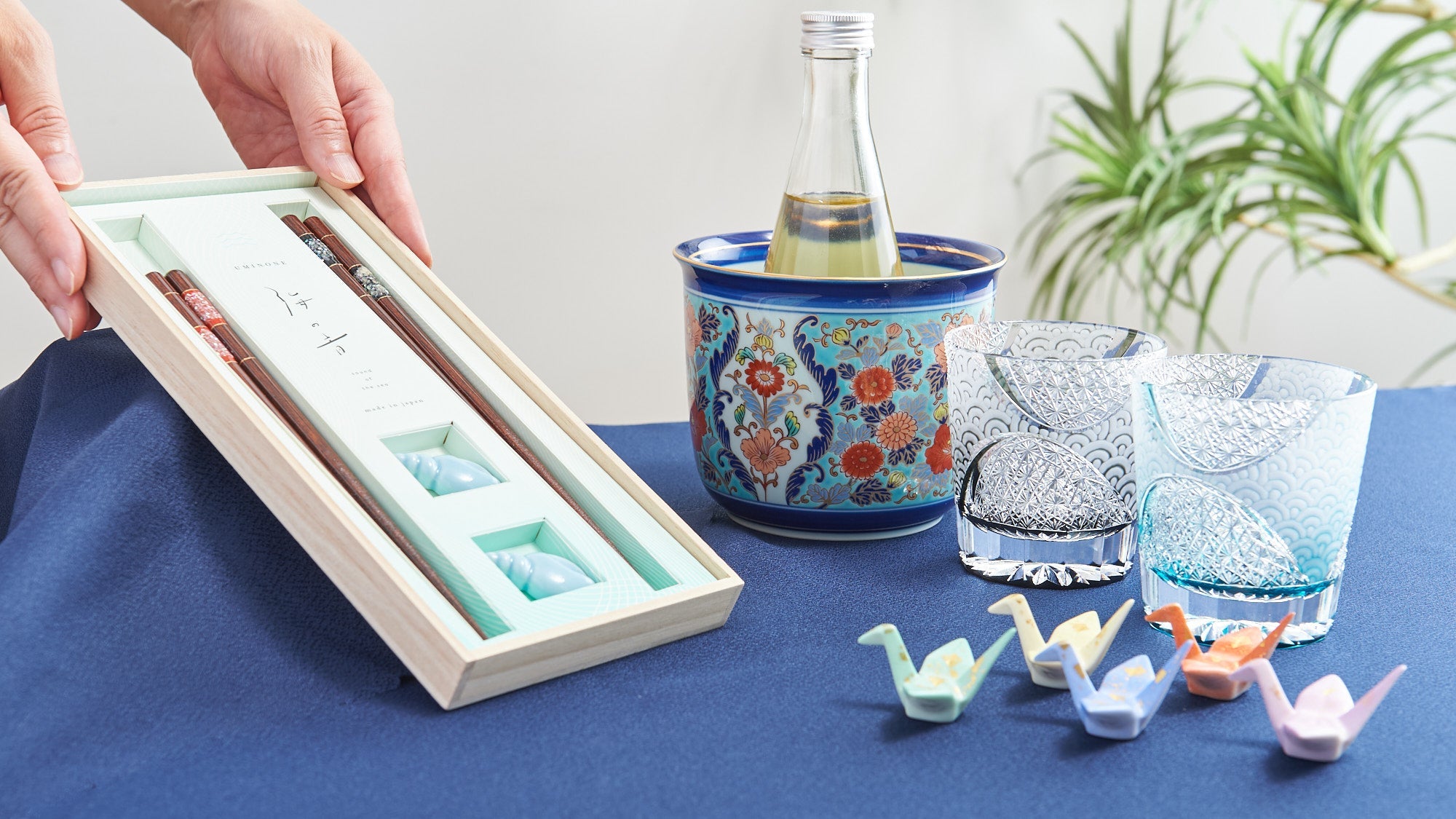
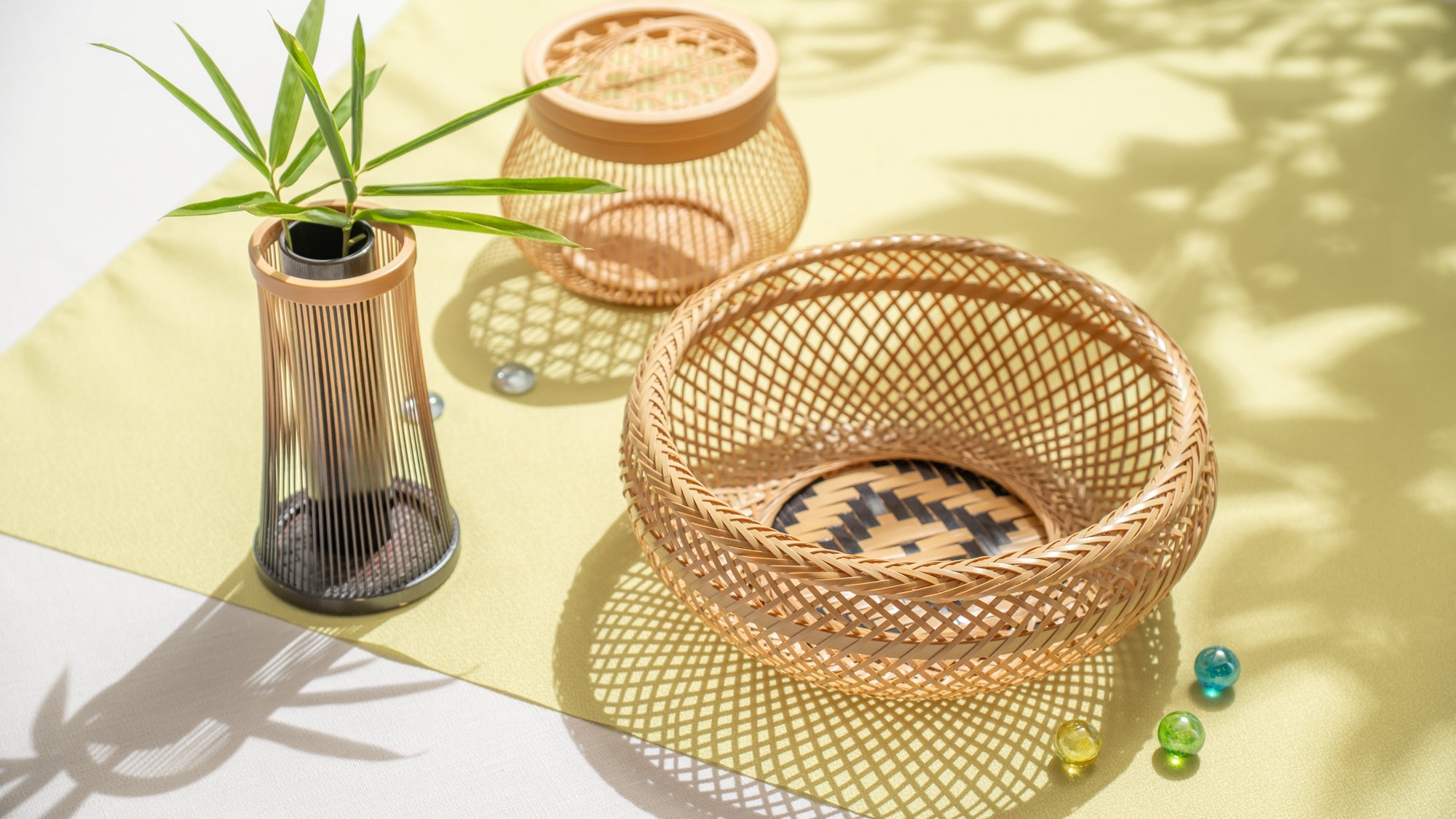

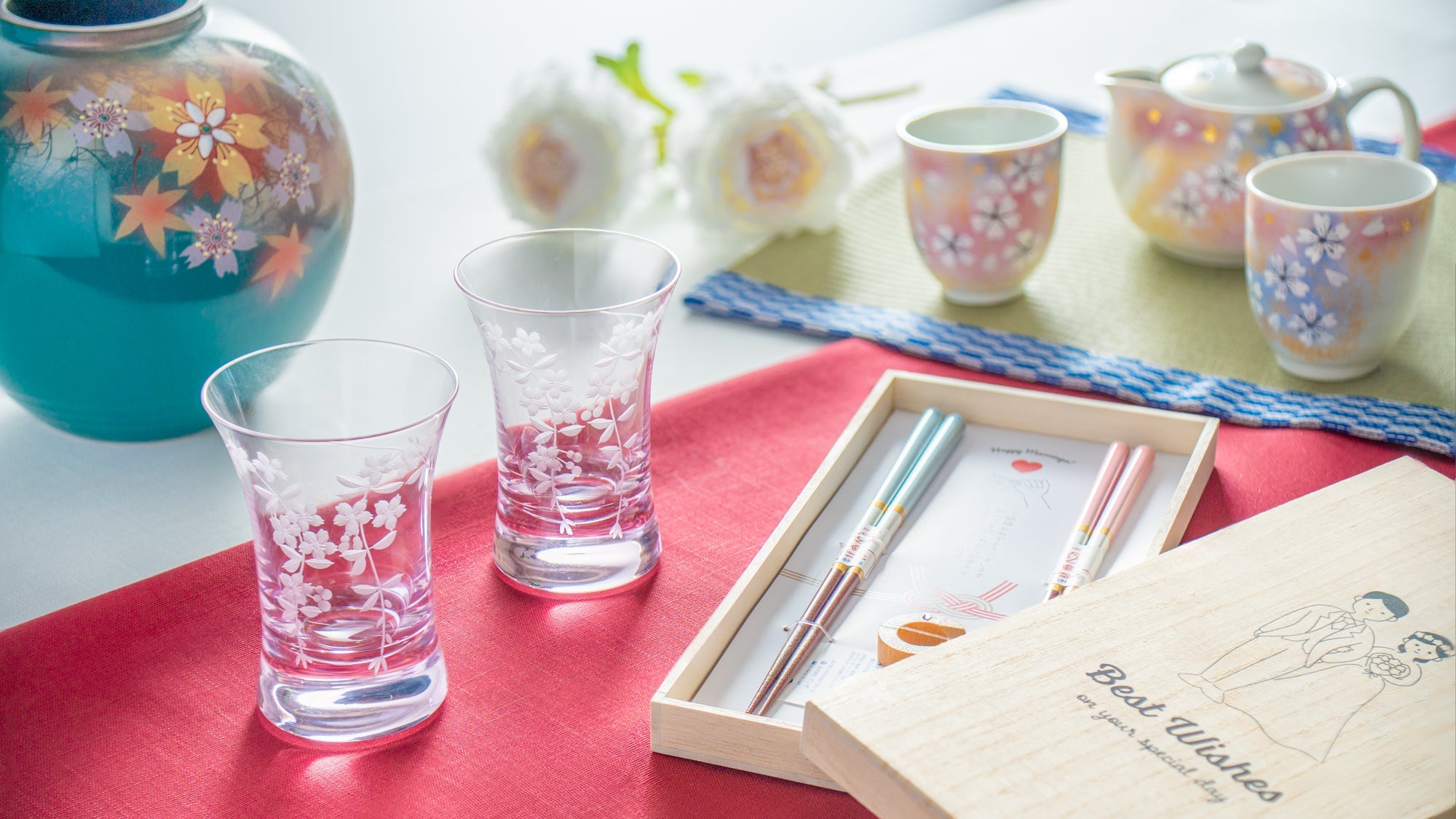
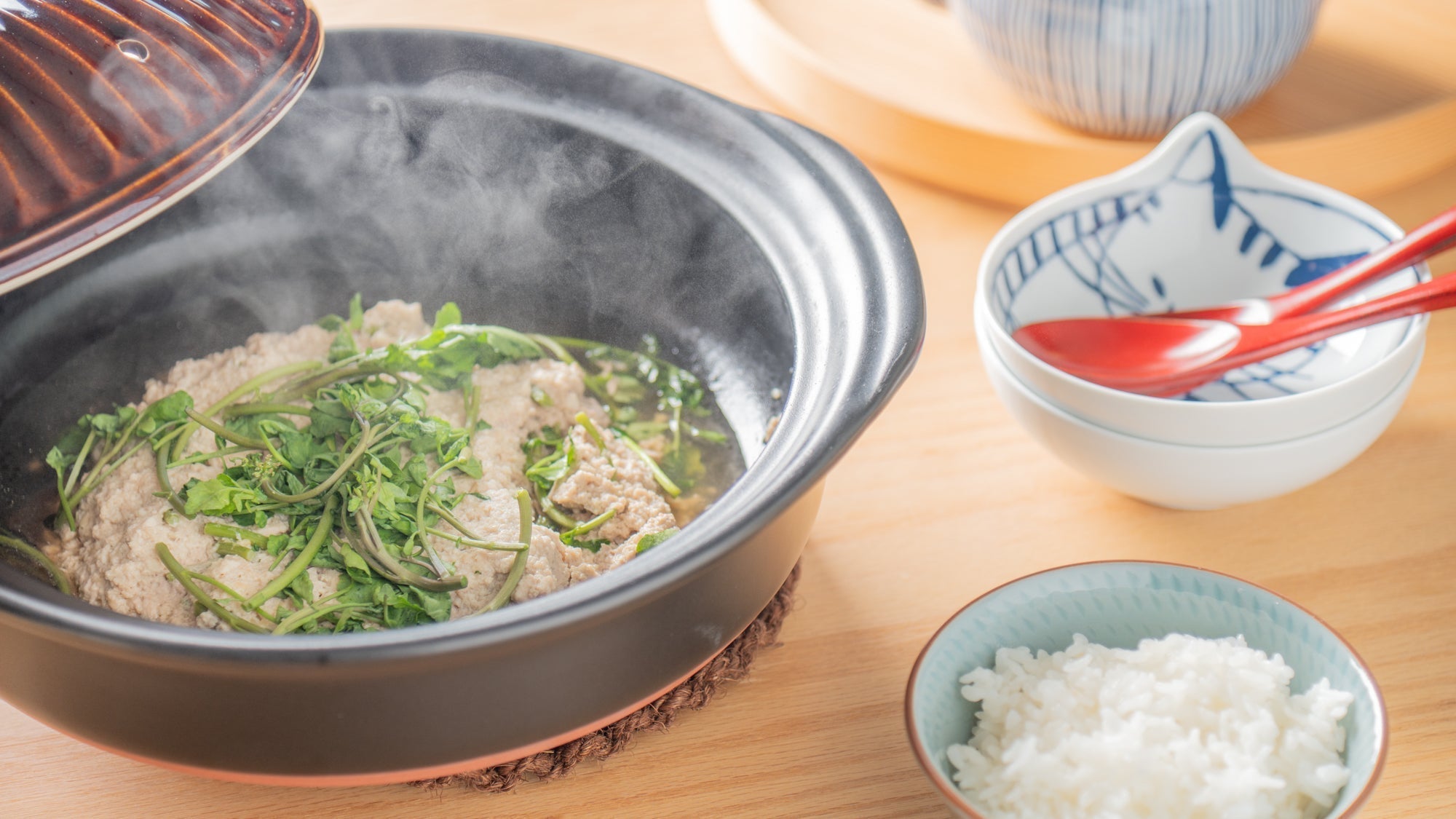
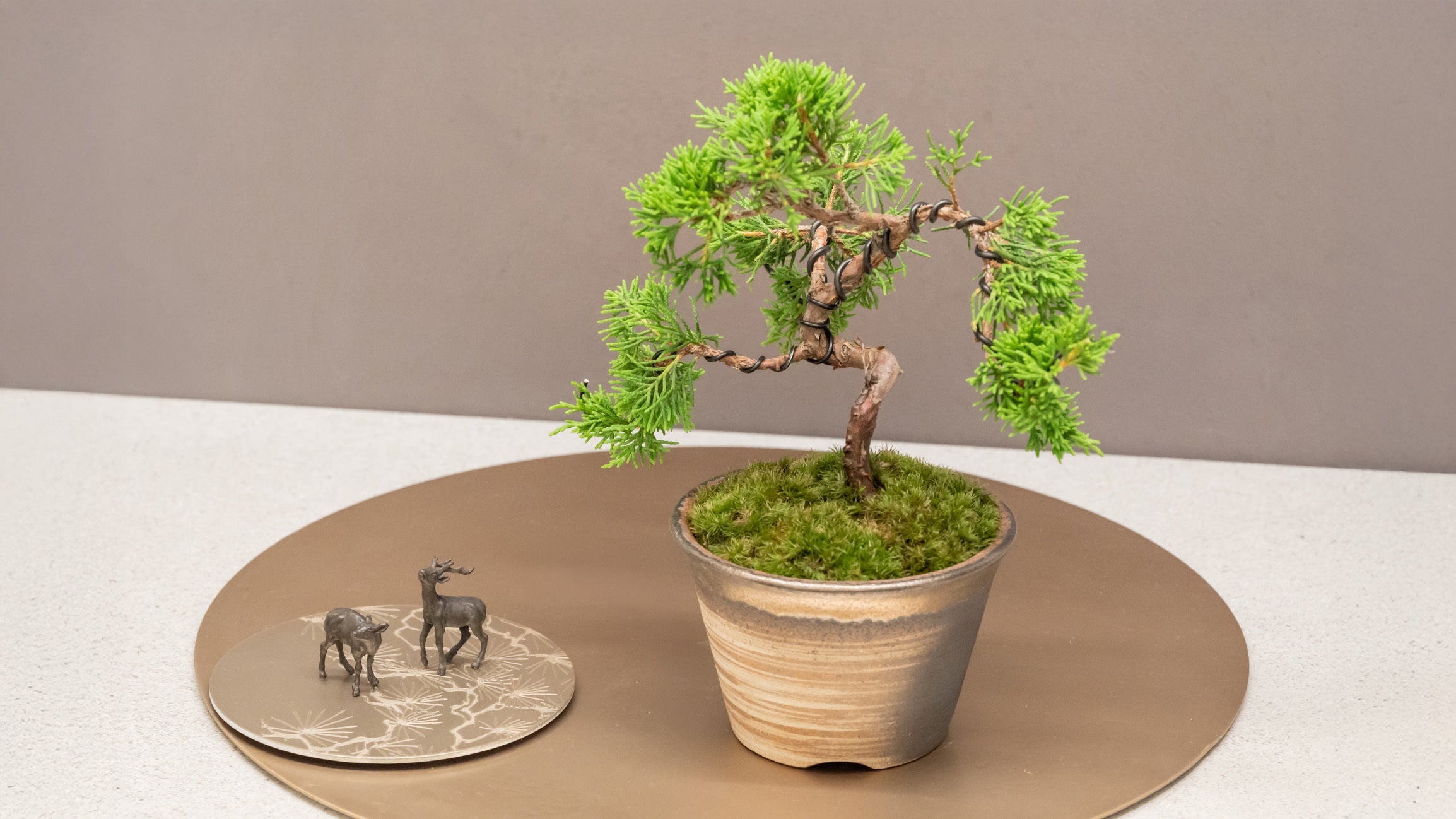
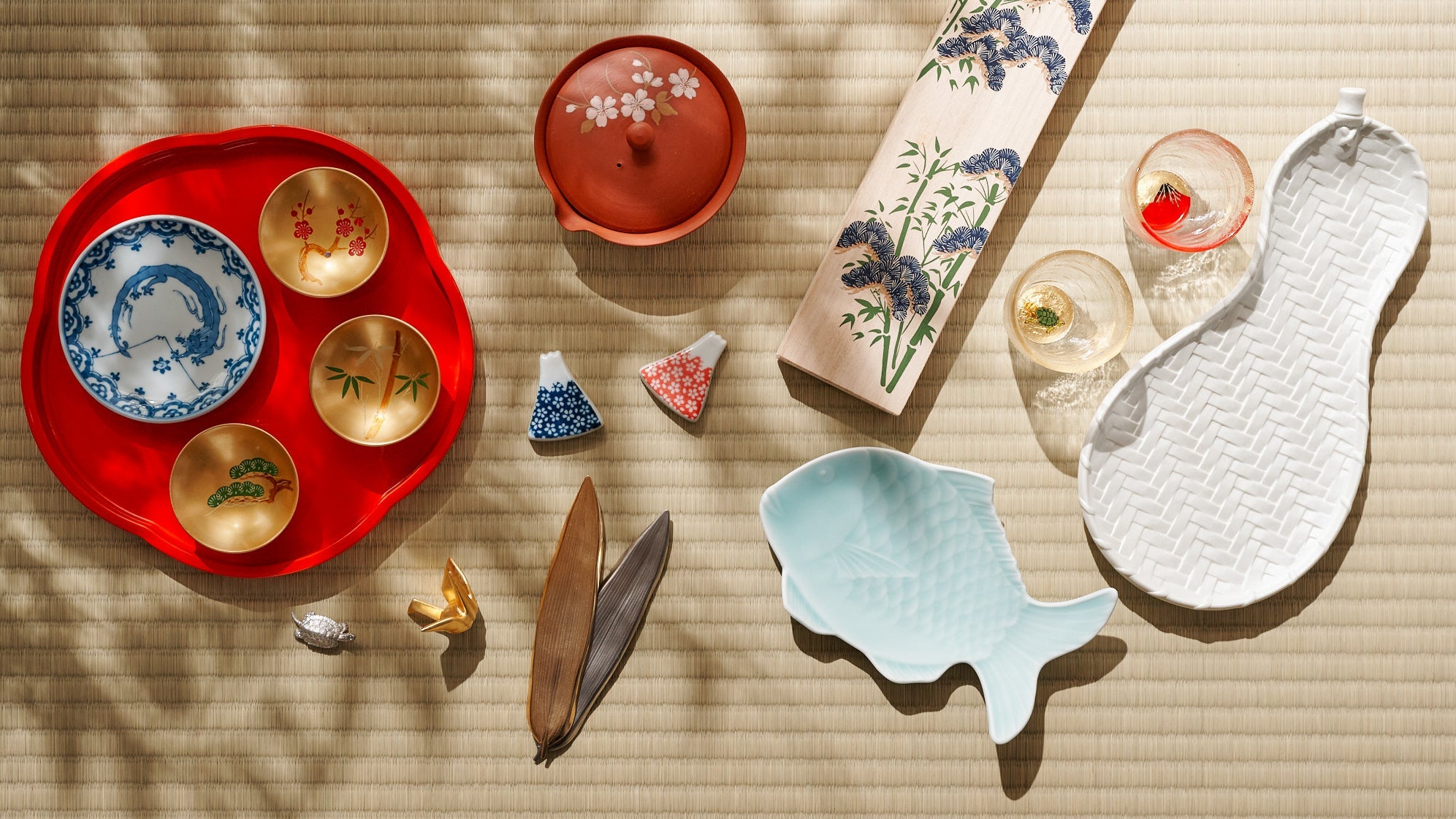

Leave a comment
This site is protected by hCaptcha and the hCaptcha Privacy Policy and Terms of Service apply.